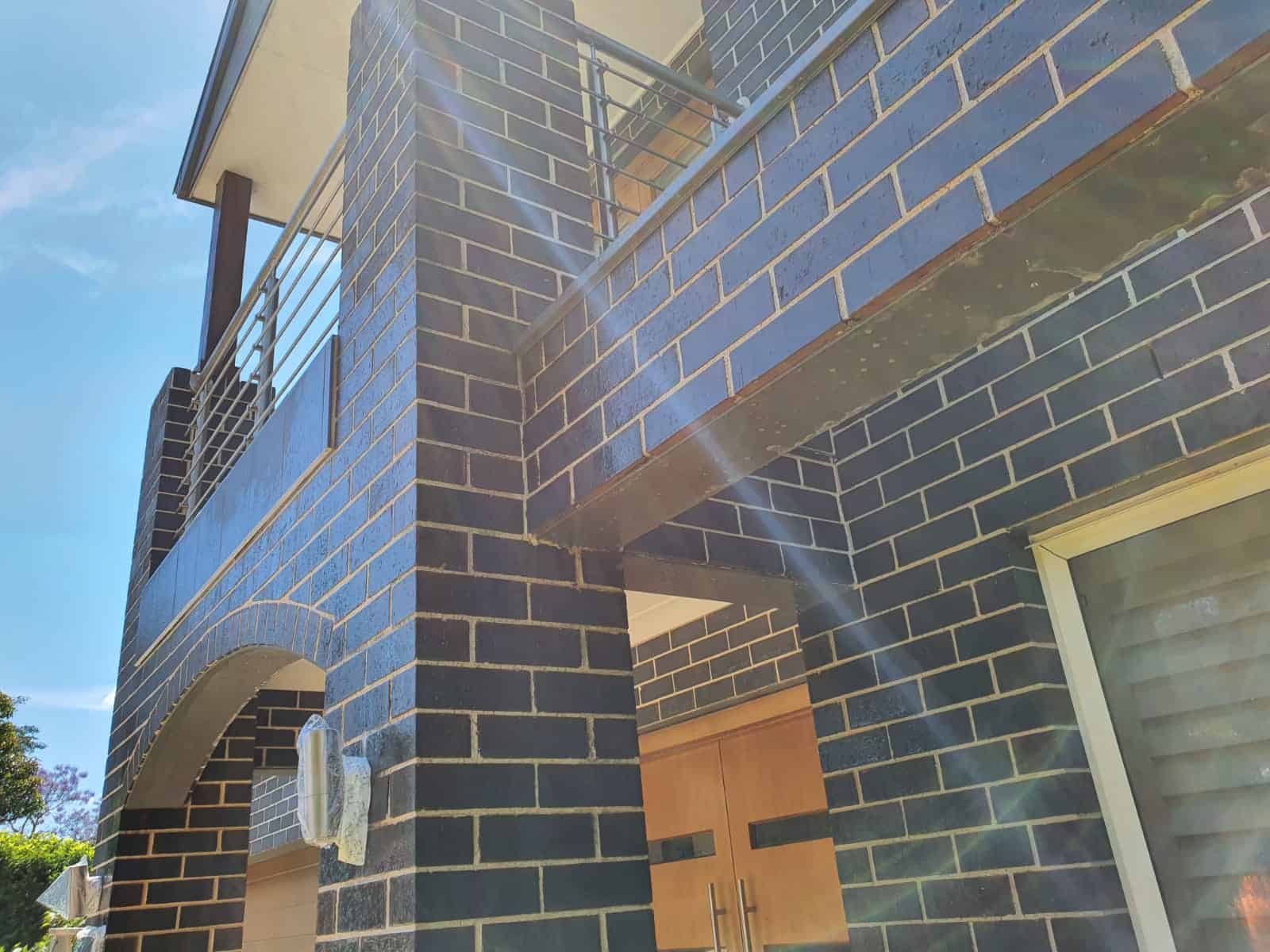It is important to understand the coverage of your High Pressure Concrete Cleaning insurance policy. There are many policies available, so make sure you know what’s covered and how much. While some policies cover the cost to have a claim made, others will pay for the removal of covered items. Before you call your broker to get a quote, it is important to determine the cost of having certain items removed.
There are three main ways to clean brickwork. High pressure cleaning, or HPR, is the first method. Because the professional cleaner is able to stand safely on the floor, and even though he uses extension tubes to his wand, he can clean the brickwork without fear of falling. Brickwork cleaning is not complete without getting the brickwork wet.
High pressure cleaning, or HPR, requires that brickwork is scrubbed with an abrasive blasting tool. After cleaning brickwork with HPR, wash it with water and dry completely. The HPR method has one problem. The bricks lose their original color because of the residue left by the water used to wash them. It is best to avoid using HPR when revising brickwork.
A mixture of detergent and water can also be used to clean brickwork. Before using compressed air, however, it is important to clean the brickwork surfaces thoroughly. This will ensure that the mixture is completely clean after spraying. Water is recommended for bricks that are very dirty.
This is another important aspect to brickwork cleaning that should be considered. Brick moss forms on the bricks’ flat surfaces and is a form of fungus. The brickwork’s structure can be severely damaged if the molds are not treated properly. The affected areas could easily become a victim to wood decay or heat damage. The only way to deal with moss problems in such situations is to control the damage by applying pressure to the molds.
Blaming is the only choice for special cases, such as brickwork cleaning in old Roman buildings. A blast application is a high-pressure stream of compressed air directed at brickwork surfaces. As the damage that can result from blasting can be severe, only trained professionals should perform this process. Blaming can also pose a serious safety risk and should only be done by qualified professionals.
Another chemical solution used in brickwork cleaning is muriatic acid. This chemical can break down the bonds between grout and concrete. After the grout has been dissolved by acid, concrete sealants or sealers can be removed using a draining tube. This slurry can then be scrubbed off the surface or rinsed with warm, soapy water.
Another common method for cleaning bricks is to remove the mould using hot water. This method uses hot water to remove the hard dirt from the bricks’ surfaces. This method can be time-consuming and difficult. The intense heat can also cause damage to delicate brick parts.
These methods are not the only ones that work. There are also specialized cleaners which can remove dirt and soil from granite, concrete, slate and marble surfaces. These cleaners can also be used with power scrapers, roller brushes, power brushes and other rotating tools. These tools can reach small crevices that are not possible with abrasive instruments.
Software is an important method of brick cleaning, and it’s not just brick cleaning. This method is used to remove dirt from concrete surfaces, brickwork, and slate. Softwash is safe for granite and marble surfaces. This cleaning solution generally consists of water, biodegradable chemical and sodium hydroxide. The cleaning solution is then mixed with this ingredient and sprayed on the surface to be cleaned.
Software’s that are used to clean brickwork include calcium carbonate, sodium hypochlorite and calcium thioglycolate. The ingredients are combined and sprayed on the stained areas. The project’s requirements will dictate the frequency and duration of treatment. This technique is very effective in removing light stains such as red wine stains and household cleaning products. Other cleaners that can be used to clean masonry surfaces include alkaline cleaners and biocides as well as hydrochloric acid and hydrogen peroxide. Most commonly, abrasive blasting is used. Abrasive blasting, a very aggressive type of brick cleaner, is perfect for removing bricks that are deeply stained or ingrained.
Low pressure washing systems are recommended for brickwork cleaning. This method is great for cleaning brick floors and walls of grease, oil, smoke, and dirt. Low pressure washing systems employ water jets that are directed at dirt and stains. They are absorbed into the material rather than being removed.


Comments are closed